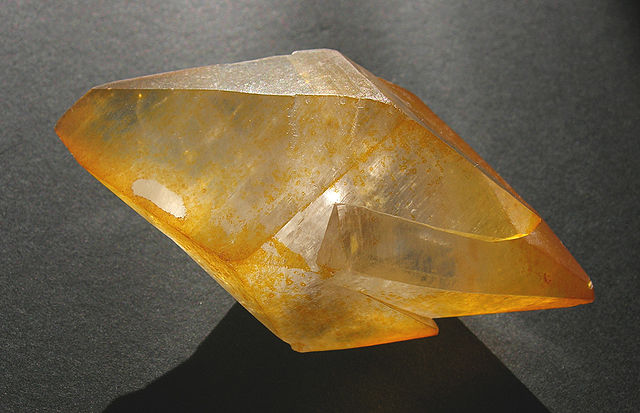Tridymite is a high-temperature polymorph of silica and usually occurs as minute tabular white or colorless pseudo-hexagonal crystals, or scales, in cavities in felsic volcanic rocks. Its chemical formula is SiO2. Tridymite was first described in 1868 and the type location is in Hidalgo, Mexico. The name is from the Greek tridymos for triplet as tridymite commonly occurs as twinned crystal trillings (compound crystals comprising three twinned crystal components).
Tabular tridymite crystals from Ochtendung, Eifel, Germany
In crystallography, polymorphism describes the phenomenon where a compound or element can crystallize into more than one crystal structure. The preceding definition has evolved over many years and is still under discussion today. Discussion of the defining characteristics of polymorphism involves distinguishing among types of transitions and structural changes occurring in polymorphism versus those in other phenomena.

Solid phase transitions which transform reversibly without passing through the liquid or gaseous phases are called enantiotropic. In contrast, if the modifications are not convertible under these conditions, the system is monotropic. Experimental data are used to differentiate between enantiotropic and monotropic transitions and energy/temperature semi-quantitative diagrams can be drawn by applying several rules, principally the heat-of-transition rule, the heat-of-fusion rule and the density rule. These rules enable the deduction of the relative positions of the H and Gisobars in the E/T diagram. [1]
Image: Calcite jaune
Image: Aragonite 2 Enguidanos




